Tool:
- Set of wrenches
- Collar for end nozzle
- Nozzles on the collar
- Screwdriver flat medium
- Phillips screwdriver, medium
- Watering can
- Hydrometer
- Ruler
- Tire pressure gauge
- Compressor
- balloon wrench
- Instrument for measuring the residual thickness of brake pads
- Syringe
- Extension hose
Parts and consumables:
- Motor oil
- Oil filter element
- Coolant
- Brake fluid
- Transmission oil for automatic transmission
- Windshield washer fluid
- Power Steering Fluid
- Wiper blades
- Distilled water
- Drive belts
- rags
- Air filter
- cabin filter
- Protective covers for CV joints
- Fuel filter
- High voltage wires of the ignition system
- Oil filter element for automatic transmission
- Crankcase Ventilation Valve (PCV)
Notes:
Every 24 months or every 50,000 km, check the vehicle systems according to the list and detailed description below to ensure that the vehicle is in good technical condition.
If the vehicle is used in severe conditions, perform the service marked with an asterisk (*) at intervals of 5000 km.
Severe conditions are considered: 1) towing a trailer or trailer; 2) constant operation of the car at low speeds; 3) operation of the car in a very dusty area; 4) a large number of trips for a distance of less than 7 km.
Perform operations marked with two asterisks (**) every 24,000 km if one of the following conditions is present during vehicle operation: 1) vehicle operation at an air temperature of more than 32 ° C; 2) towing a trailer or trailer; 3) vehicle operation in hilly or mountainous terrain.
Change the oil in the units immediately after driving (then the oil is not so thick).
1. Change the engine oil and filter as described in this article .
2. Drain the coolant, flush the cooling system and refill with fresh coolant as described in this article .
3. Replace the brake fluid , remembering to bleed the brake system to remove air from the lines.
4**. Change the oil and filter in the automatic transmission.
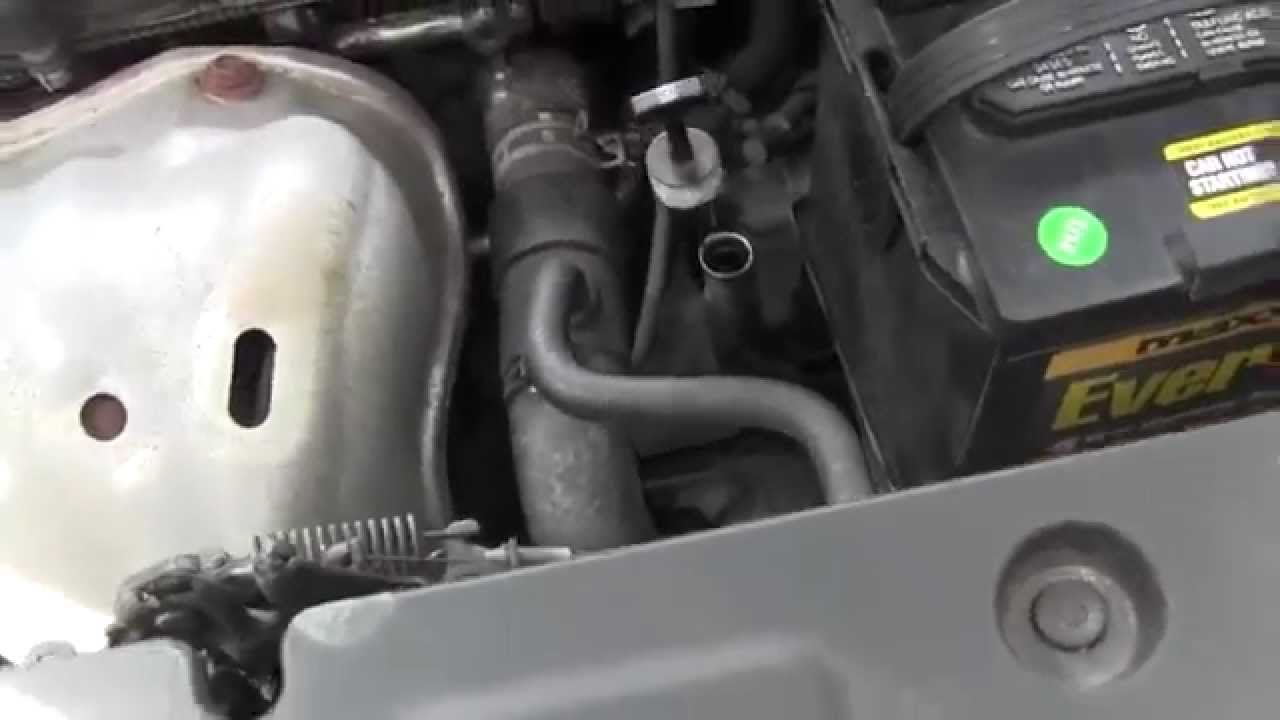
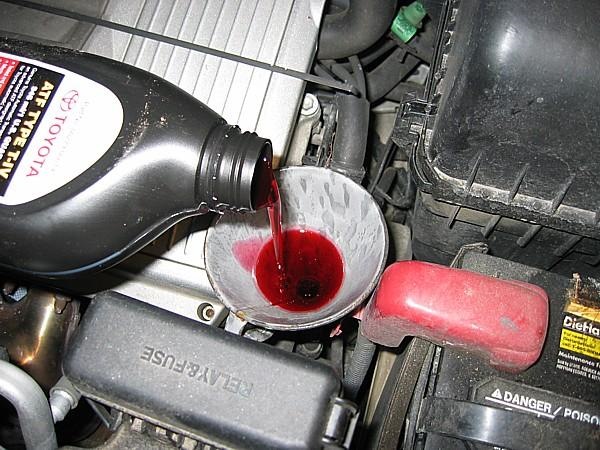
5. Check for fluid in the windscreen washer reservoir as described in this article .
6. Check the power steering fluid level as described in this article .
7. Check the condition of the tires and the air pressure in them, as described here .
8. Check the condition of the battery: the degree of oxidation of the terminal pins, the battery charge indicator and for damage.
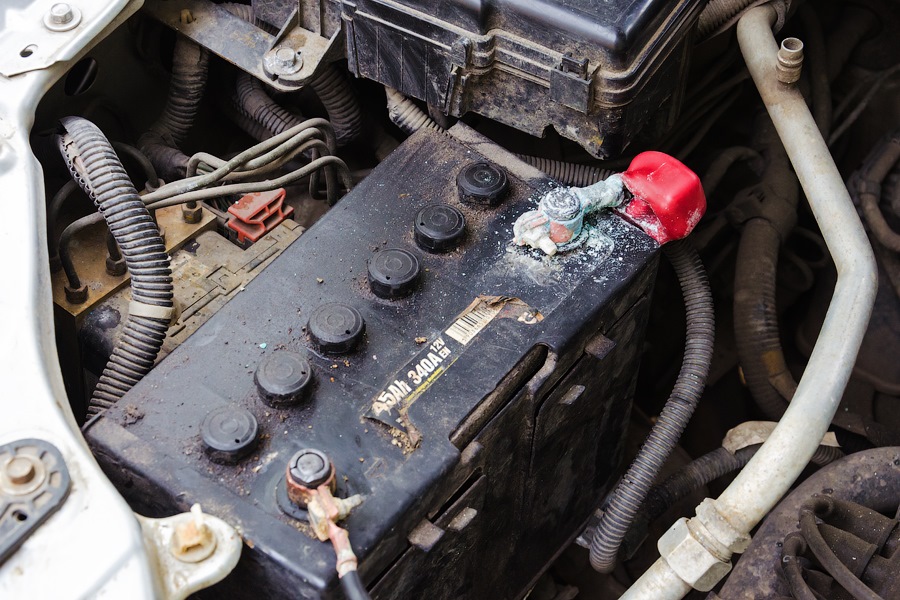
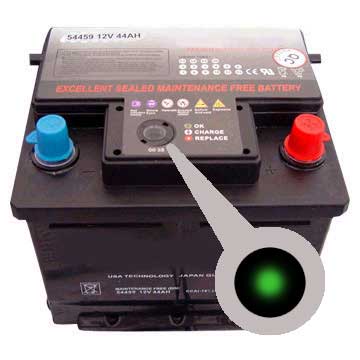
9. On all-wheel drive vehicles, tighten the cardan shaft connections.
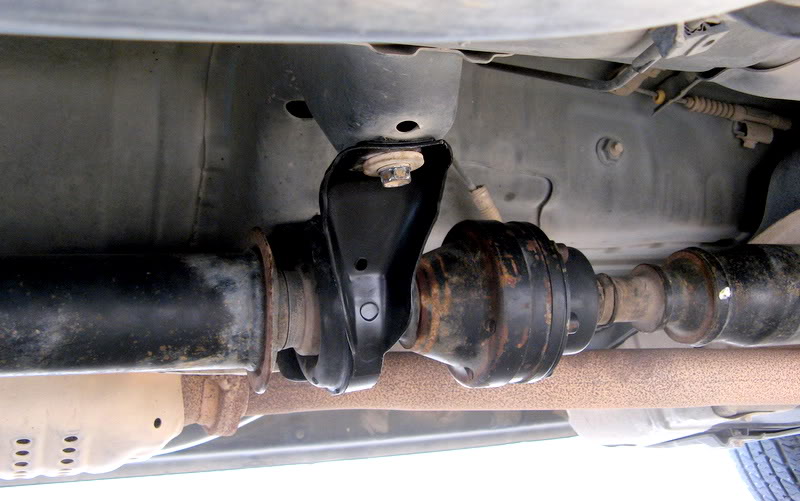
10. Check up and if necessary replace brushes of screen wipers. How to unscrew the wipers is described in this article .
11. Check the clutch pedal free play with a ruler and wrench. Then check the pedal height.
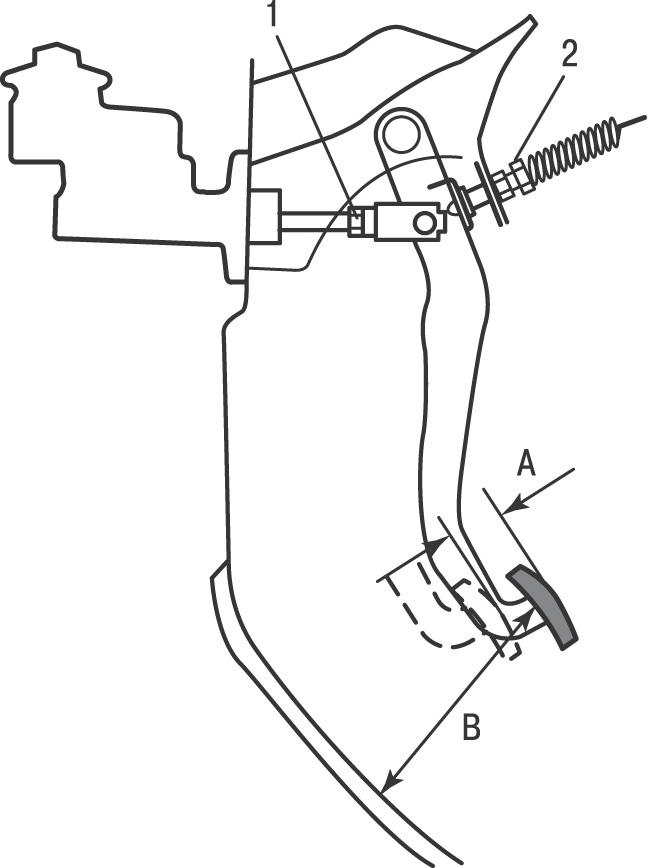
Clutch pedal free play and height adjustment:
1 - locknut for adjusting the free play;
2 - a bolt of adjustment of height of installation of a pedal;
A - free running;
B is the height of the clutch pedal.
12. Check the electrolyte level in the battery, if the battery design allows it. Top up with distilled water if needed. See this article for the procedure described .
13. Check the condition of the drive belts: generator drive belt, water pump, etc., as well as the timing belt.
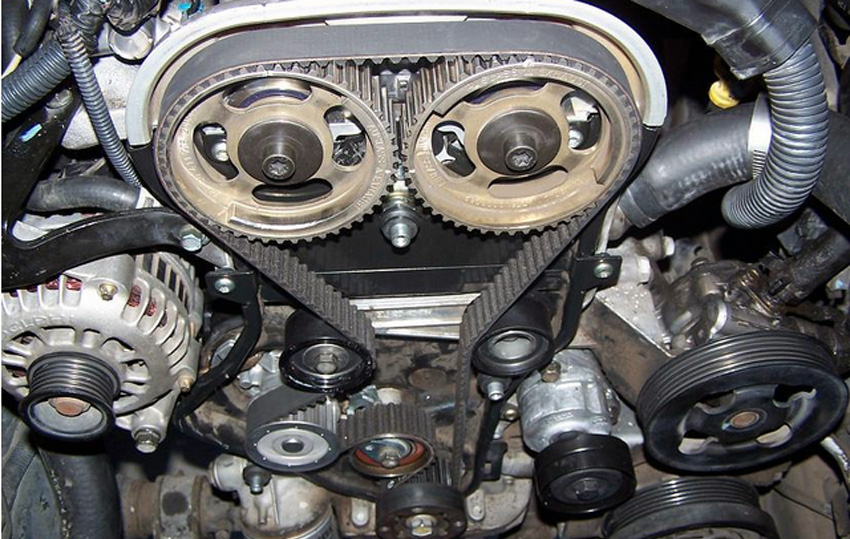
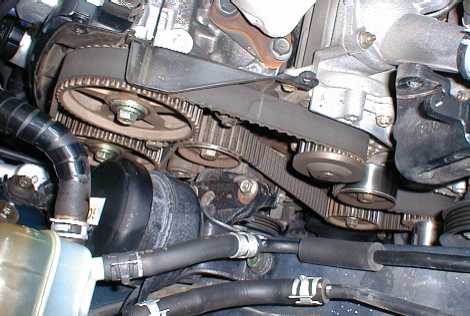
14. Check hoses for damage. Replace if necessary.
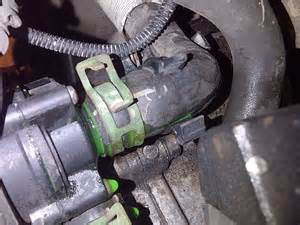
15. Check the level and density of the coolant with a hydrometer.
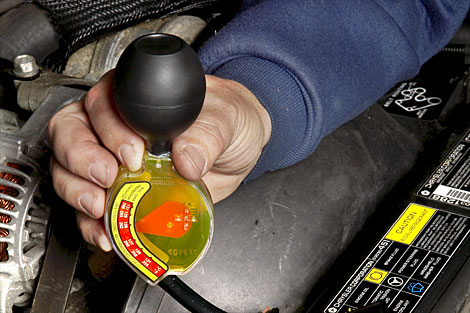
16. Check the remaining tread height and wear pattern on all tires, including the one mounted on the spare wheel. Check and, if necessary, correct the air pressure in the tires, as described in this article .
17. Check the condition of the seat belts: secure fastening, no damage to the strap, operation of the locking device, inertial reel, and no cuts or damage to the belt.
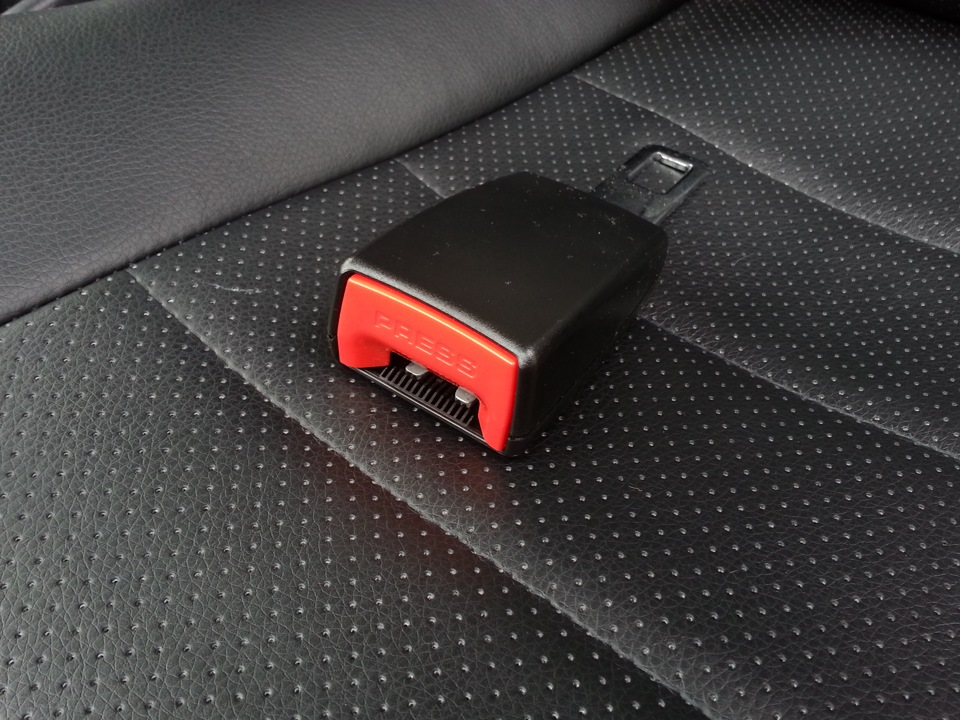

eighteen*. Check the thickness of the front and rear brake pads with a special tool. If you want to know the exact thickness of the brake pads (or know that you will need to replace them) - remove the brake caliper and then carry out accurate measurements and / or replace the brake linings, as described here .
29*. Check that the brake fluid level matches the actual wear of the brake pads.
20. Check the brake system for leaks and damage.
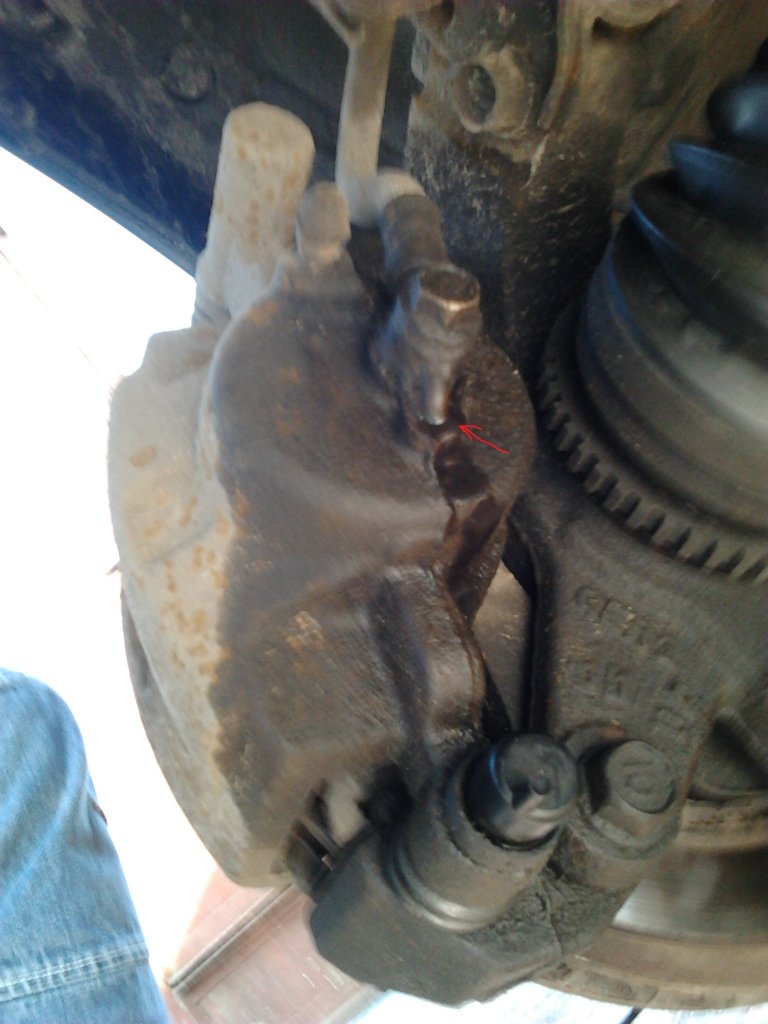
21*. Replace the air filter as described in this article .
22. Check the fuel system for leaks and damage. Replace defective parts.
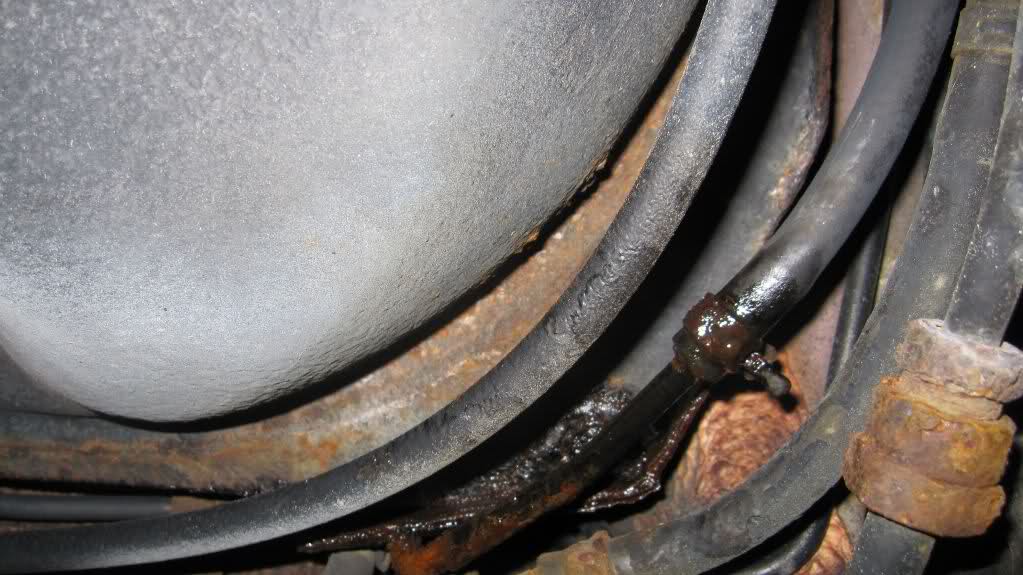
23**. Change the oil in the manual transmission, then check the oil level with the dipstick.
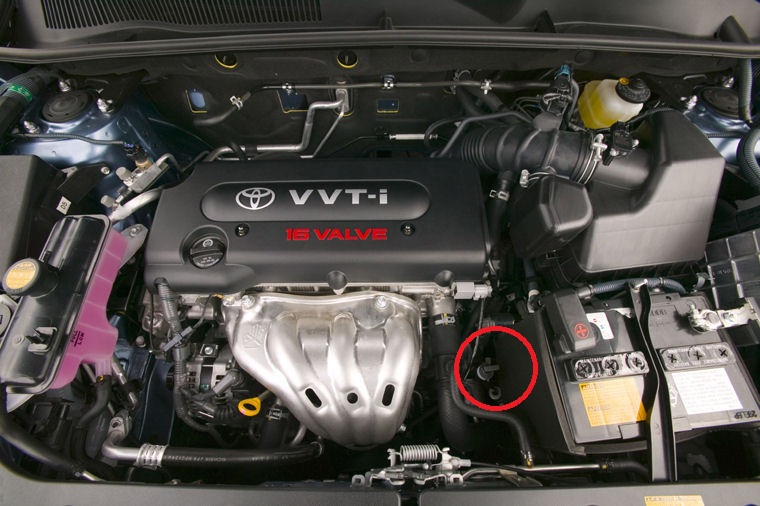
24**. Change the oil in the transfer case. To do this, remove the drain plug and drain the used oil; then unscrew the filler plug and the filler neck gasket and, using a syringe with an extension hose, fill the transfer case crankcase to the level of the filler hole. It is advisable to add GL-5 80W-90 or 75W-90 class oil.
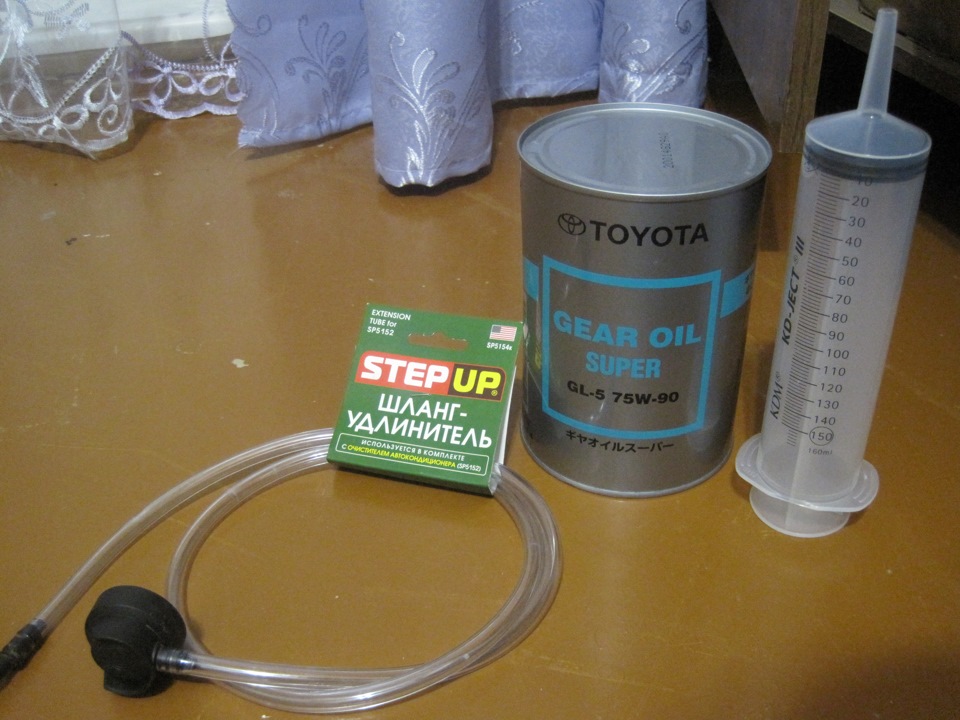
25*. Check the condition of the suspension and steering by contacting the service center at the diagnostic stand to the specialists.
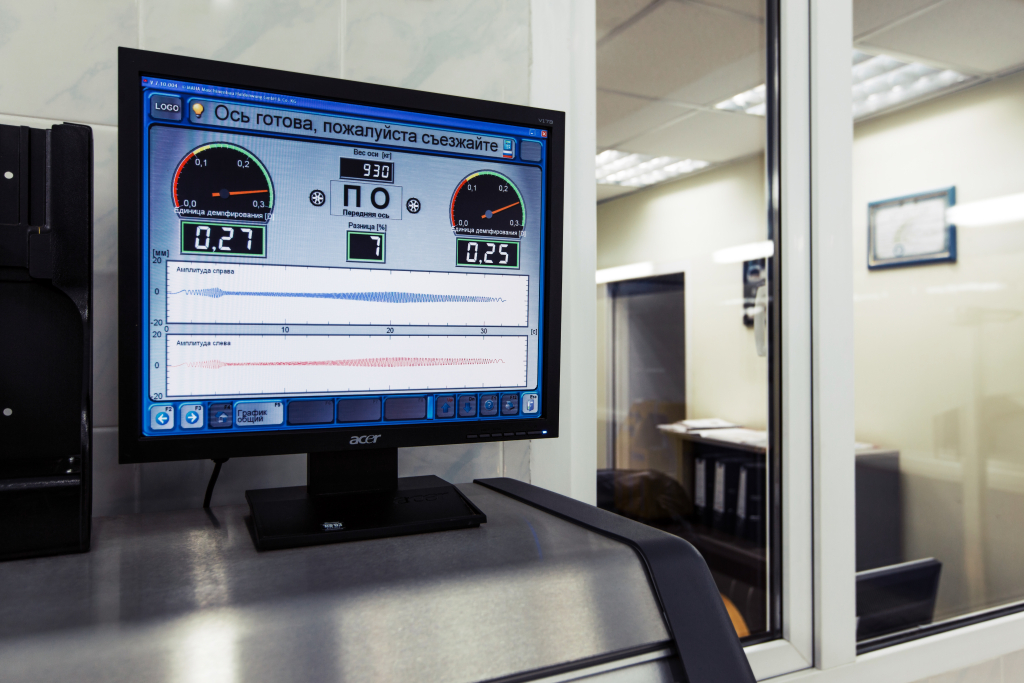
26. Check up on absence of damages protective covers of hinges of equal angular speeds.
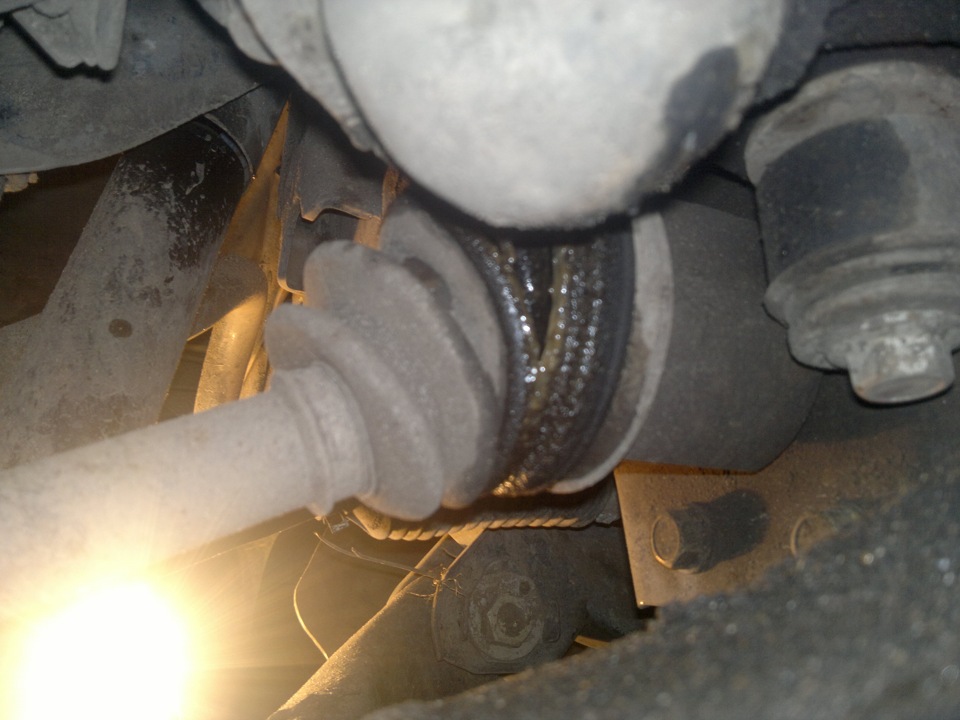
27**. Change the oil in the rear final drive on four-wheel drive vehicles. To do this, unscrew the drain plug (bottom of the crankcase) and drain the used oil. Then unscrew the filler plug (pictured) and fill the final drive housing to the level of the lower edge of the filler plug threaded hole.
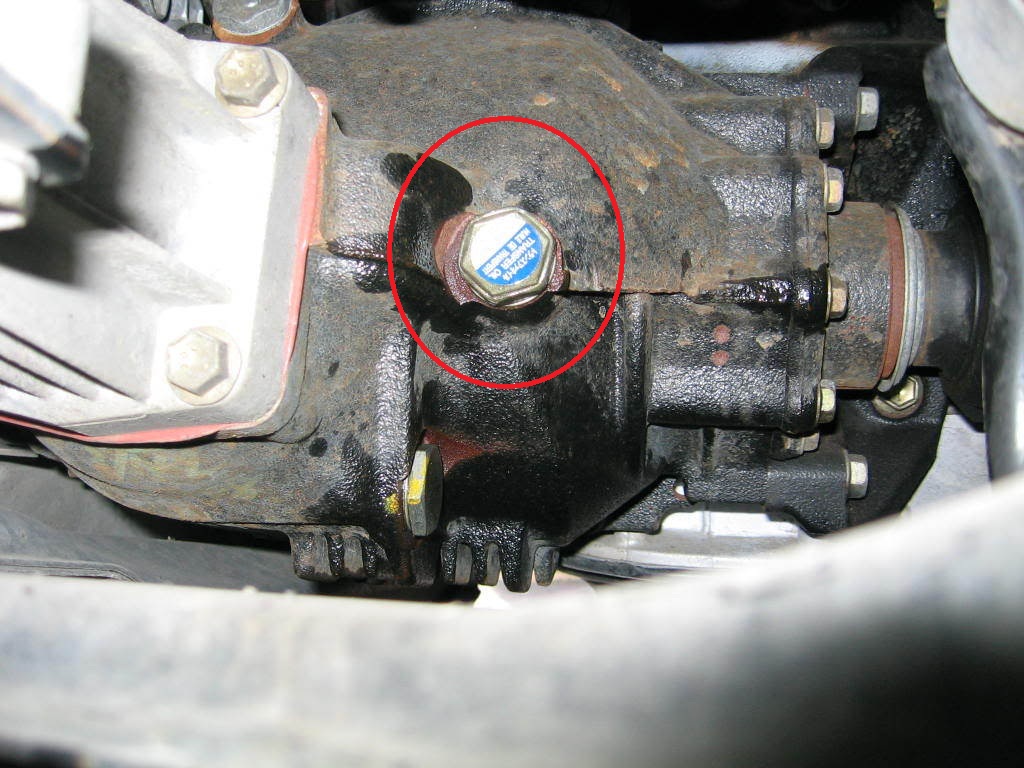
28. Replace the cabin filter as described in this article .
29. Replace the fuel filter as described here .
30. Check the condition and, if necessary, replace the spark plugs as described in this article .
31. Check up a condition and if necessary replace high-voltage wires of spark plugs.
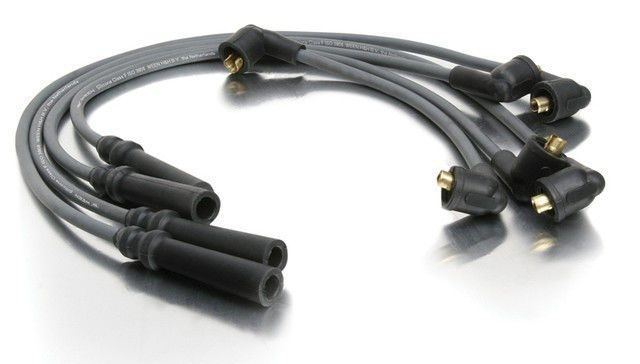
32. Check the fuel vapor recovery system and replace the canister if necessary, as described in this article .
33. Check up system of release on reliability of fastening, on tightness and existence of damages.
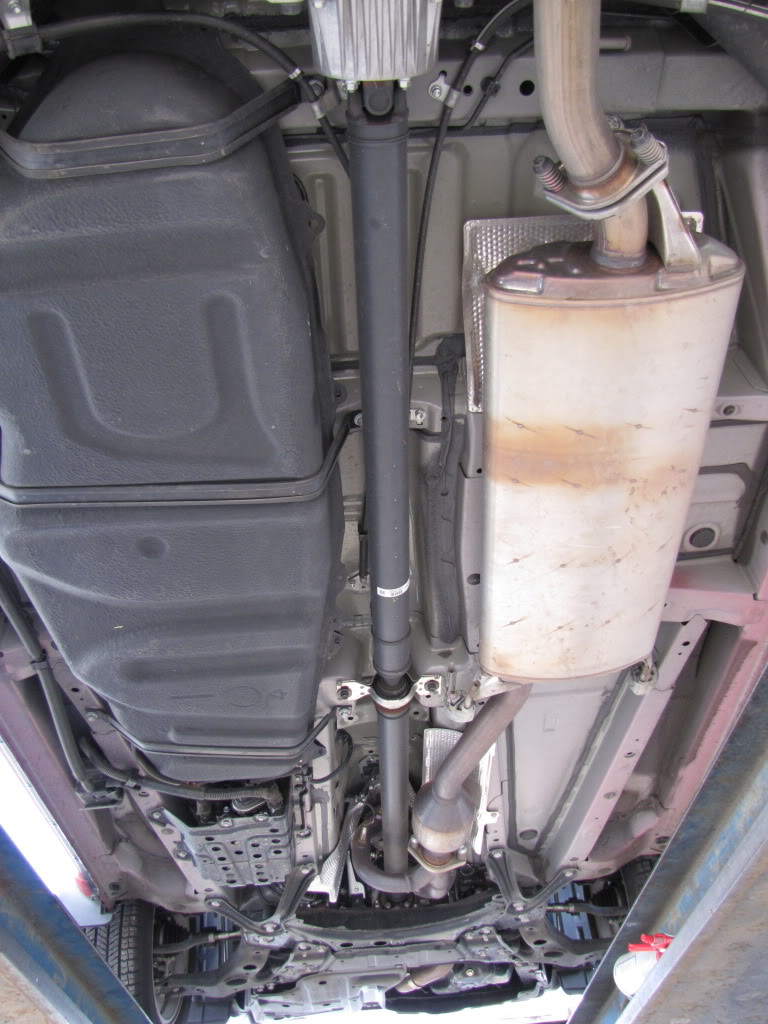
34. Check the condition and, if necessary, replace the crankcase ventilation (PCV) valve.
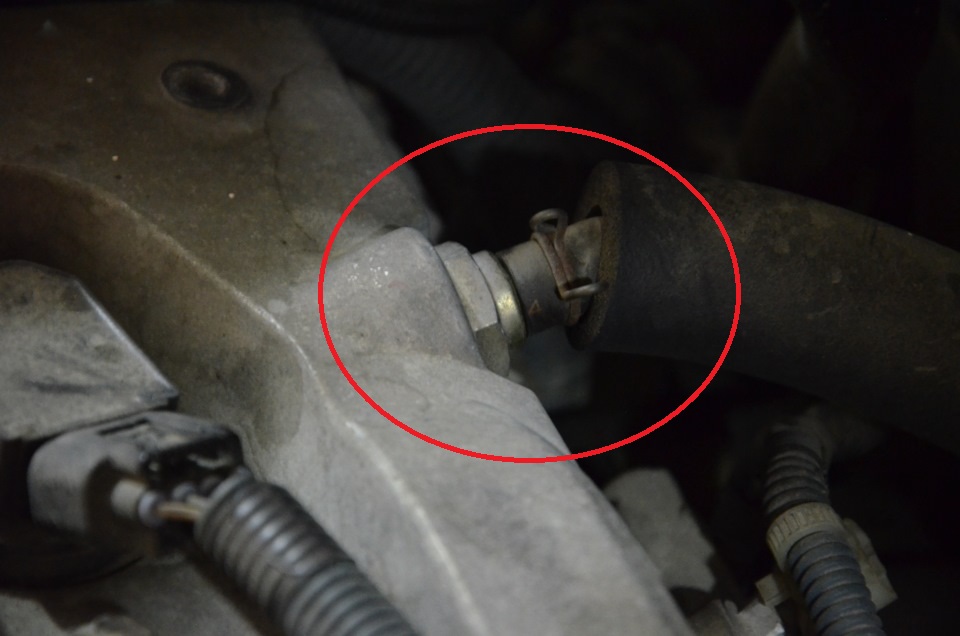
The article is missing:
- Tool photo
- Photo of parts and consumables
Source: http://www.navigator.mn/toyota-rav4/tehnicheskoe-obsluzhivanie/obemi-i-periodichnost-tehnicheskogo-obsluzhivaniya/operatsii,-vipolnyaemie-kazhdie-50-000-km-ili-24-mesyatsa.html
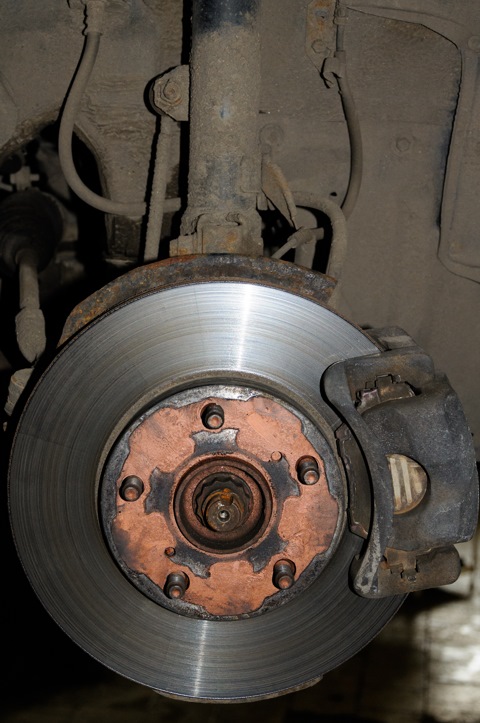
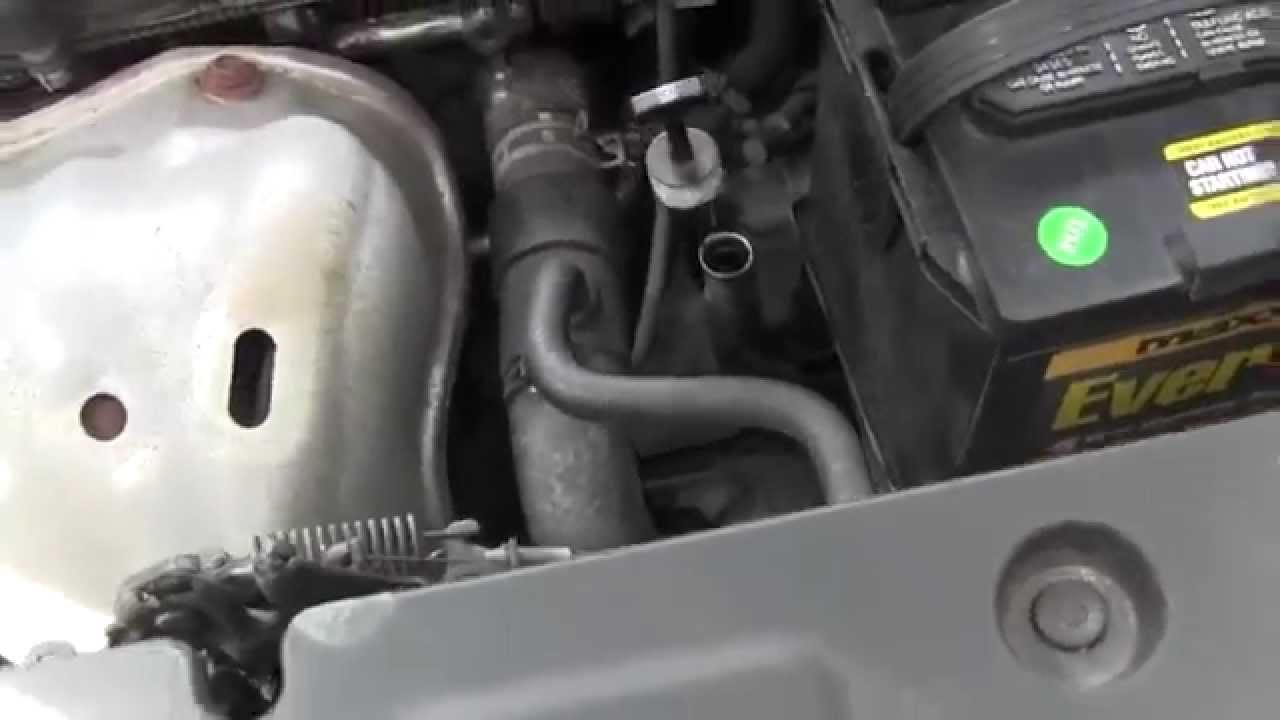
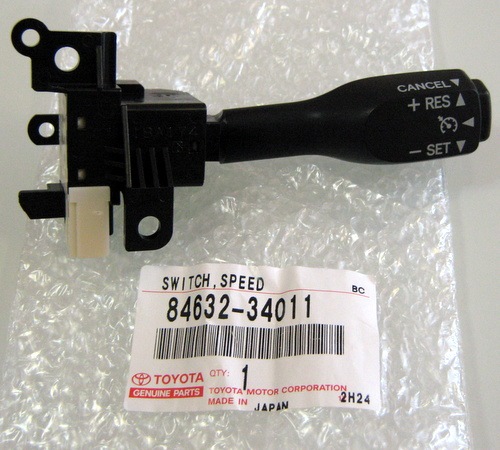
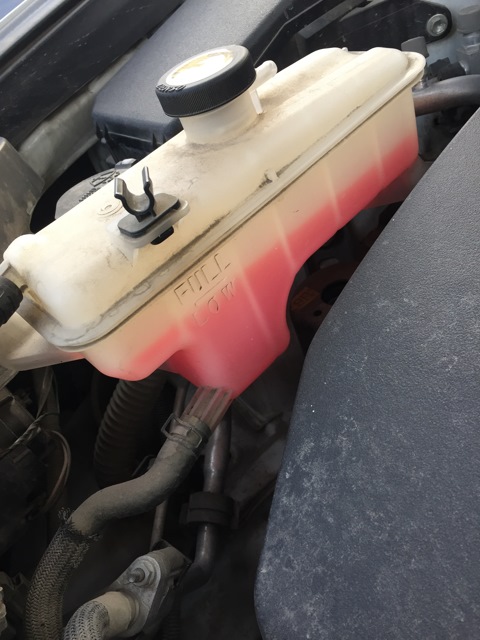
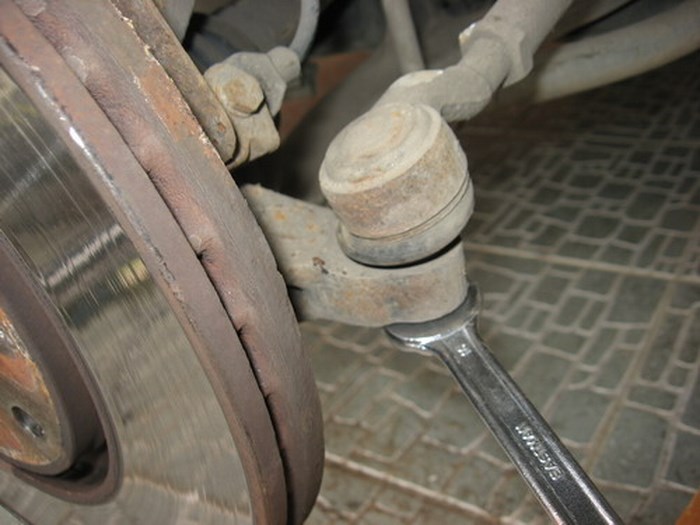
![2 generation [2000 - 2003]](/uploads/toyota-rav-4-ii-11109.jpg)
![3 generation [2005 - 2009]](/uploads/Toyota_RAV_4_-_2006_-_2009_.jpg)
![4 generation [2012 - 2015]](/uploads/Toyota_RAV_4_-_2012-2015_.jpg)
